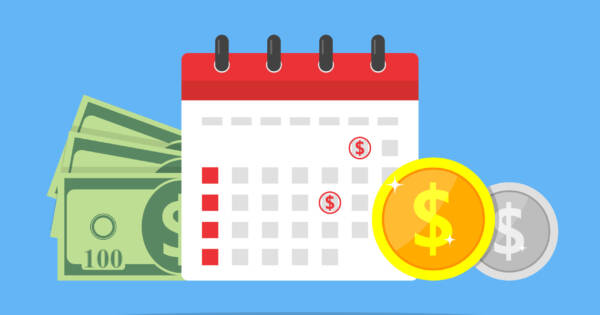With tax season wrapping up, many individuals find themselves anticipating a refund from the government. A sudden boost in income presents an opportunity to reassess financial priorities and make choices that support long-term stability. Deciding whether to save, spend, or invest a refund depends on personal circumstances, upcoming goals, and overall financial health. Understanding the advantages and potential drawbacks of each approach can guide decisions that strengthen financial well-being and support future aspirations.
Considering the Benefits of Saving Your Refund
Saving your tax refund can bolster financial security, offering peace of mind during uncertain times. Establishing or replenishing an emergency fund is a prudent way to use these funds, ensuring that unexpected expenses, such as medical emergencies or car repairs, are covered without disrupting your budget. By prioritizing an emergency fund, you help protect your financial health and prepare for unforeseen challenges.
Allocating refunds to savings accounts can also support long-term goals, such as a down payment on a home or funding educational pursuits. With careful planning, this approach helps create a financial cushion that empowers future opportunities. Choosing high-yield savings accounts may offer better returns on your stored funds, maximizing the benefits of setting aside your tax refund while maintaining accessible liquidity.
Spending Wisely: Treating Yourself and Managing Expenses
Spending your tax refund can bring immediate rewards, whether indulging in a carefully planned treat or addressing necessary expenditures. For many, the refund represents an opportunity to improve living circumstances through home upgrades or essential maintenance tasks. Investing in quality of life improvements can enhance daily routines and foster an environment of comfort and efficiency.
Debt repayment is another compelling reason to spend your refund, as reducing high-interest obligations accelerates financial freedom. Paying down credit card balances or making extra payments on loans might alleviate accrued interest, ultimately positioning you for a healthier fiscal future. A balanced approach to spending can ensure that discretionary purchases are both satisfying and strategic.
The Long-Term Potential of Investing Your Refund
Investing your tax refund offers the chance for growth and may generate significant returns over time. By channeling funds into investment accounts such as stocks, bonds, or mutual funds, you could potentially enhance your wealth as these assets appreciate. Understanding your risk tolerance and aligning investments with your financial goals are crucial aspects of this strategy.
Contributing to retirement accounts, like a 401(k) or IRA, is another avenue for investing refunds with long-term benefits. These accounts not only promote compounded growth, thanks to tax-deferred contributions but also bolster retirement readiness. Establishing a diversified investment portfolio can mitigate risks and enhance overall returns, optimizing your refund’s impact as part of a broader financial strategy.
Factors to Weigh When Making Your Decision
Several factors may influence whether you should save, spend, or invest your tax refund this year. Your current financial situation, including any outstanding debts or specific savings goals, can guide your decision. Reviewing your overall financial picture helps prioritize pressing needs versus longer-term aspirations.
Additionally, consider the future economic outlook and how potential changes may impact your financial goals. If you anticipate employment instability or upcoming major purchases, saving might offer greater protection. Conversely, if your finances are stable and priorities are well-covered, investing could expand your capacity for future wealth growth. Making informed decisions tailored to your personal context encourages healthy financial habits.
Striking a Balance: Combining Strategies for Optimal Impact
For many, adopting a multifaceted approach that incorporates elements of saving, spending, and investing may yield the best results. Allocating a portion of the refund to each category creates a balanced financial strategy that meets present needs while positioning you for future success. Aligning each component with specific goals ensures that you derive maximum utility from your tax refund.
Implementing a budget or financial plan clarifies the desired balance between different allocation strategies. Setting clear objectives for each portion of your refund helps measure progress toward your longer-term aspirations. Regularly reviewing your financial strategy maintains alignment, adapting to shifts in priorities or economic conditions while reinforcing your commitment to personal financial growth.
Learn More Today
Tax refunds present valuable opportunities to advance your financial wellbeing, whether through saving, spending, or investing. By evaluating your personal circumstances and future goals, you can employ strategies that prioritize stability and growth. Striking a balance between short-term gratification and long-term planning fosters enduring financial health, supporting broader life aspirations.
Engaging with financial advisors or leveraging available resources can refine your approach, informed by expert insights and strategic guidance. Embrace the transformative potential of your tax refund, making proactive, intentional decisions to enhance both present and future financial landscapes. For those seeking to optimize their fiscal journey, discovering and implementing these strategies will guide you toward fulfilling your financial potential.








